Visual Perception Enhancement:
- Wide color gamut (2020), high contrast TV (10, 12 bpp)
- High frame rate up to 100 fps (called also HFR video)
- High resolution (4K, 8K), 8K@60 fps is tailored for 360/VR video.
- 360-degree videos (also known as VR videos), the end user can get an ability to “look around” inside the 360-degree sphere that surrounds him.There is an activity in standardization of 360/VR, see VRIF Industry Forum. Currently, the technology is not matured yet for wide adoption of 360/VRdue to long delays between Client (e.g. HMD) and Server. Consequently “motion sickness” distortions are typically observed.Indeed, a typical 360 video content is 8K@60fps, each change of the head position in HMD requires a prompt transmission of a new viewport,however round-trip delays are not short, about 150-200ms (unless the server is located in same room where the client is). More advanced standards(e.g. AV1) can reduce “motion sickness” impairments since viewport sizes would be more extended and not each head movement would demand a new viewport.
Media Coding Trends:
- Cloud Gaming: transition video processing from CPU to remote Server equipped with powerful GPUs. All heavy processing is executed in remote servers, the end user is a terminal. Coding efficiency and ultra-low latency is must. AV1 might be a good choice for the cloud gaming if decoding latency is small. Meantime Cloud Gaming platforms suffer from network lag (sometimes exceeding 100ms) and limited bandwidth (impact on visual quality).
- PC->Cloud: fit for transcoding, PC conveys a compressed video to a machine in Cloud with powerful GPUs and receives the transcoded stream. Video on PC should be in a simplistic format (e.g. ProRes or Dirac) and output from Cloud are in HEVC or AVC.
- Content-Aware Encoding – encoder in look-ahead phase learns the current video content and adapts itself respectively. Morover, some objects not needed to coded at all. For example the grass in a soccer game is high-detailed and consumes tones of bits. Instead of coding the grass, encoder can transmit the coordinates, illumination matrix of the grass area and a decoder will synthesize the grass. Mathematically the grass captured by the camera and the grass displayed on TV set are different but perceptually they are identical.

23+ years’ programming and theoretical experience in the computer science fields such as video compression, media streaming and artificial intelligence (co-author of several papers and patents).
the author is looking for new job, my resume


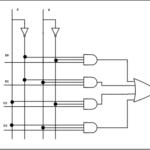
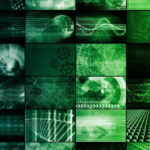
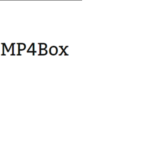
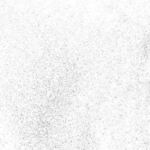
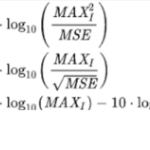
Just wish to say your article is as surprising. The clearness in your post is simply nice and i could assume you’re an expert on this subject. Fine with your permission let me to grab your RSS feed to keep updated with forthcoming post. Thanks a million and please carry on the rewarding work.
Very interesting info !Perfect just what I was searching for! “It is our choices…that show what we truly are, far more than our abilities.” by J. K. Rowling.
I was curious if you ever considered changing the layout of your site? Its very well written; I love what youve got to say. But maybe you could a little more in the way of content so people could connect with it better. Youve got an awful lot of text for only having one or two images. Maybe you could space it out better?
i am lack of money to hire a professional web-designers
Definitely believe that that you said. Your favorite justification seemed to be on the internet the easiest factor to keep in mind of. I say to you, I certainly get irked whilst other people consider worries that they plainly don’t realize about. You managed to hit the nail upon the top as well as defined out the whole thing with no need side effect , people can take a signal. Will probably be again to get more. Thank you
After study a few of the blog posts on your website now, and I truly like your way of blogging. I bookmarked it to my bookmark website list and will be checking back soon. Pls check out my web site as well and let me know what you think.
I’ve been surfing on-line more than 3 hours today, yet I never found any interesting article like yours. It¦s beautiful price sufficient for me. In my opinion, if all webmasters and bloggers made excellent content as you probably did, the web might be much more helpful than ever before.
Hello.This article was really motivating, particularly since I was searching for thoughts on this matter last Thursday.